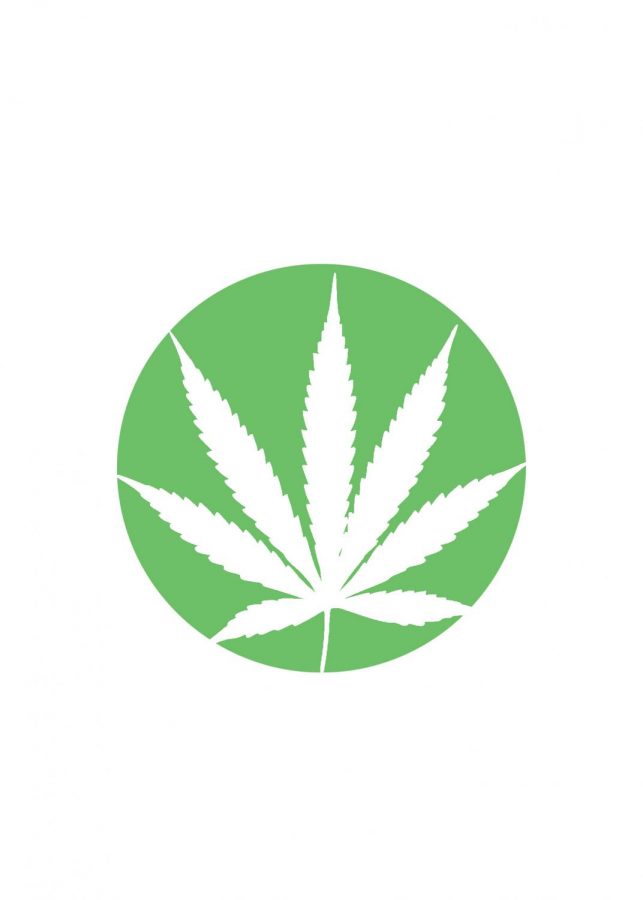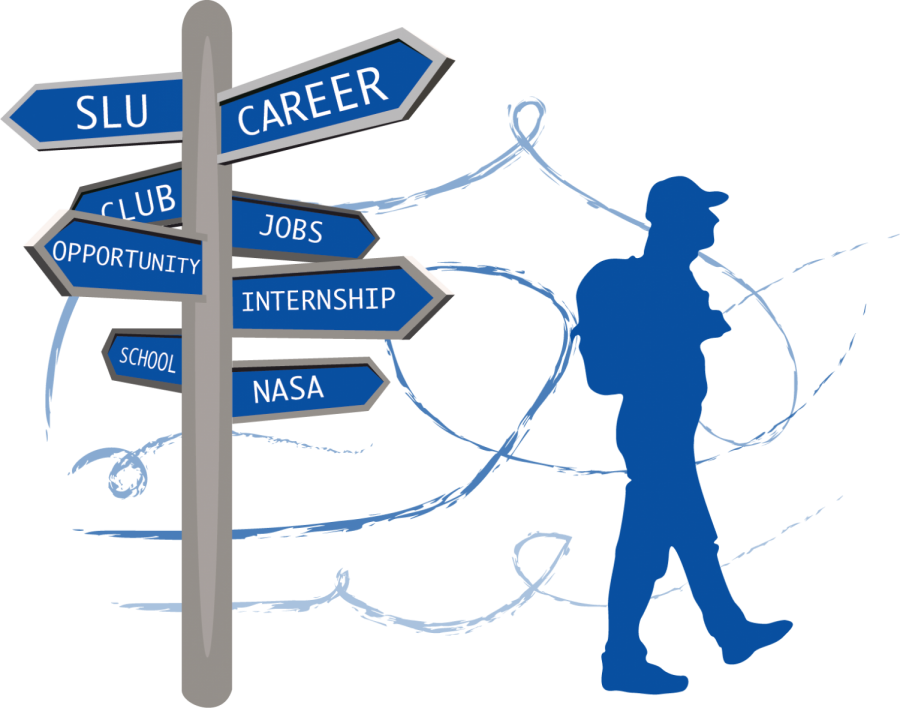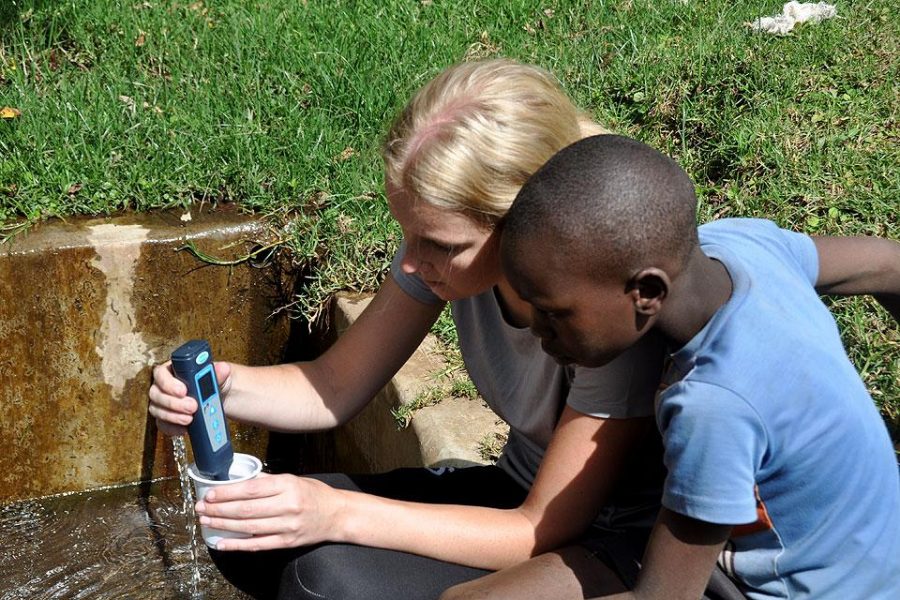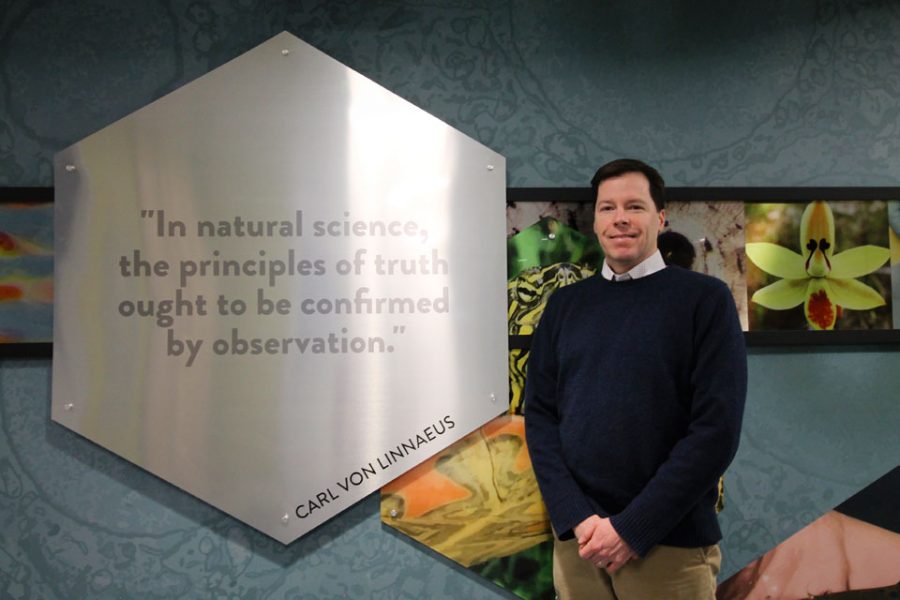Have you ever wondered what happens to satellites after they are no longer in communication? “Space Junk,” currently playing at the Saint Louis Science Center, documents the debris surrounding the earth commonly referred to as space “junk” or “trash.”
This “space junk” is a result of more than 50 years of space travel and satellite waste that remains in orbit, circling the earth. This can be anything from whole satellites to paint chips. All this trash is beginning to make space travel more dangerous.
The documentary goes on to explain the danger this space junk poses not only in space, but also to life on Earth.
There are three different levels of orbit: Low Earth, Middle Earth and Geostationary. Low Earth Orbit, or LEO, is closest to earth and is home to artificial satellites, typically military communications and a majority of the zombie satellites.
A zombie satellite is one that is no longer in use and no longer in communication with Earth. Because there is currently no method of retrieving these satellites, they remain in orbit, threatening active ones.
These satellites travel around the Earth usually at 7.8 km/s, making a full rotation every 90 minutes. These satellites are often in danger of hitting each other and creating more, smaller particles of trash. Middle Earth Orbit is home to GPS satellites and all the communications for the North and South Pole. Geostationary Orbit is the last layer of space that is controlled by Earth’s gravitational pull.
This is where weather, cell phone, internet and television satellites are. These satellites travel with Earth and not on their own, which means that they are in a constant location. The potential for the amount of space trash to exponentially increase is described in the Kessler theory. This idea presented by Dr. Donald J. Kessler, a former NASA scientist, who, in 1978, predicted that so many collisions will happen that the Earth’s orbitals will fill with small pieces of man-material.
This scrap has the potential to collide with one another at high speeds and create more pieces. Some of this trash is in danger of being pulled into earth’s atmosphere and crashing.
Dr. Kessler said that these pieces will eventually start pulling toward the Earth due to its gravitational pull and, once stopped by the atmosphere, will band together into rings.
Dr. Kessler explained that in order for his prediction to be falsified, some form of space clean-up would need to happen. Many countries are currently attempting to develop a way to do this clean-up. One idea is to create a net that would travel via satellite and collect debris, then enter the atmosphere and burn up.
A second design would use a tether from one satellite to another, slowing them down enough to pull away from the pull of the Earth and fall into the atmosphere and burn up.
Another solution would be to create a space trash receptacle, complete with trash trucks, to collect the junk and deposit it into a space station receptacle. While it sounds like a very futuristic concept, it seems to be a reality that needs to be faced. Either that, or Saturn may not be the only planet known for its rings. Tickets are $8 with a student ID.








